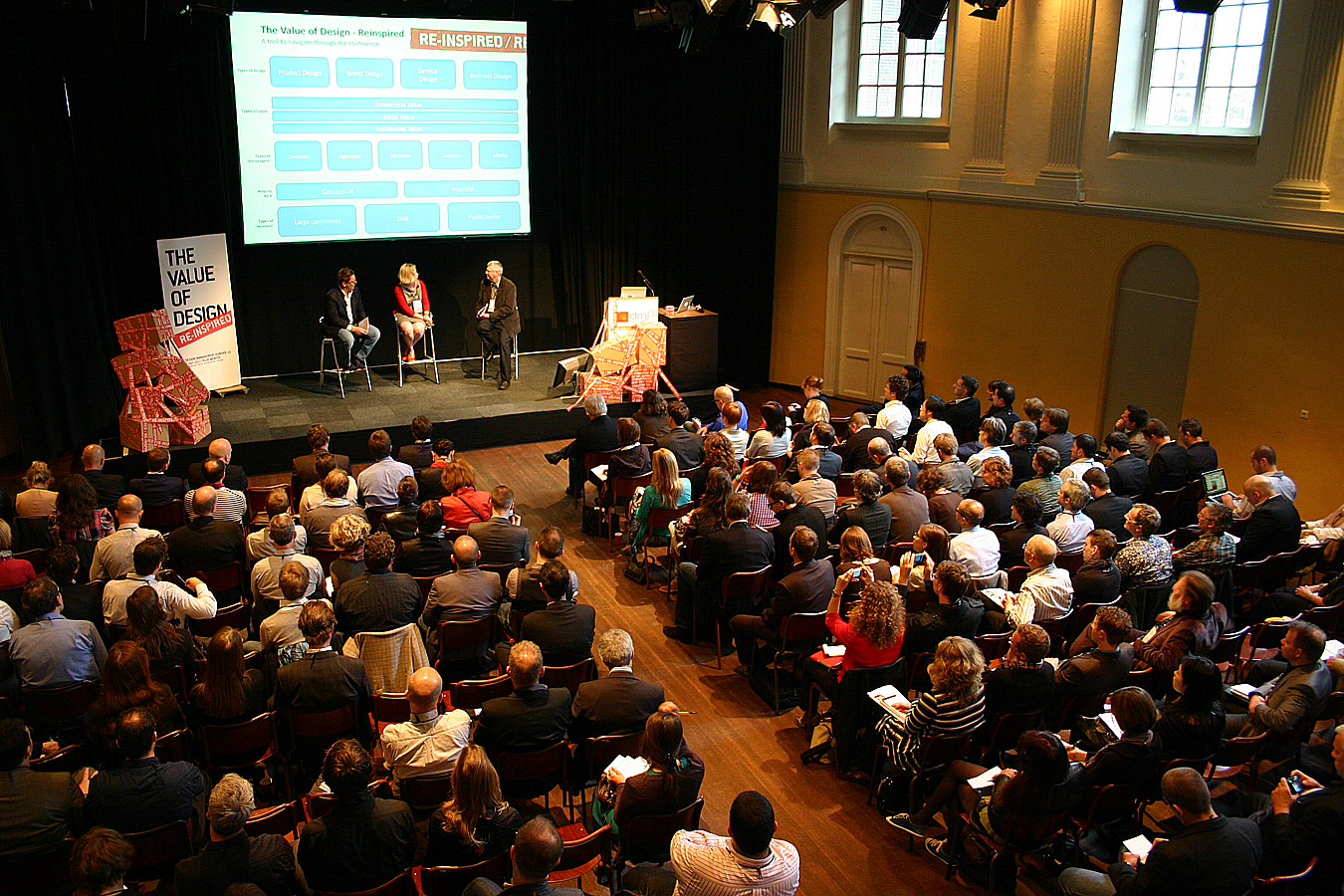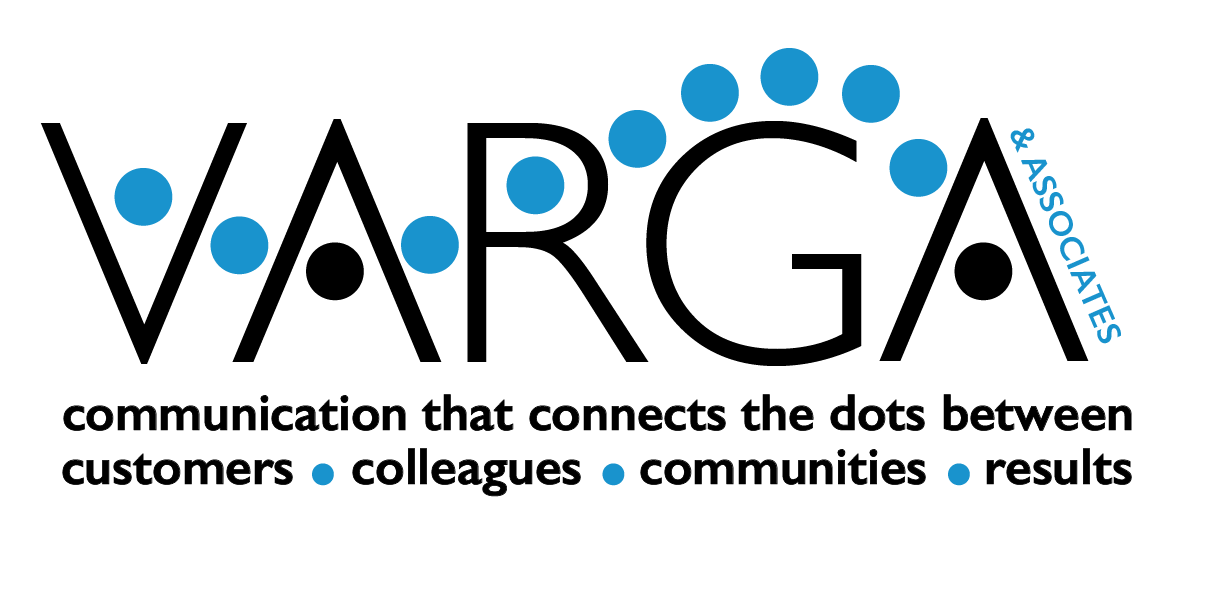 A good conference experience will see you come back with new contacts, new information, and a refreshed perspective, ready to take things on anew with some fresh ideas.
A good conference experience will see you come back with new contacts, new information, and a refreshed perspective, ready to take things on anew with some fresh ideas.
Here are some tactics to help you get the best ROI when you attend a conference:
1. Set conference goals
Know and articulate in advance the most important reasons you’re going so that once you’re there you don’t get sidetracked giving priority to things that don’t support those primary goals. And be specific, more than just “make new contacts”, for example.
Are you there primarily to make one or two valuable contacts in the ski resort industry that your business is looking to expand into? Don’t spend your networking time ambling around exchanging pleasantries and business cards with the travel agent who specializes in cruise vacations, or whomever happens to cross your path.
2. Find out who’s going
You can see who will be there ahead of time. Speaker lists, attendee lists (you can ask if the conference organizers will distribute such information, otherwise platforms such as Eventbrite will show a list of others who have registered for the event), as well as conference apps, Facebook event pages, and Twitter Hashtags will all give an idea who will be in attendance and what people are talking about.
3. Plan your networking strategy
Once you know who will be there, research well in advance the people you most want to meet with in person. This may include the speakers themselves, high-profile or otherwise industry-relevant fellow-attendees, possible commercial partners, or potential clients.
Reach out and contact those people ahead of time to see if you can set up a time to meet in person at the conference. Aim for an introduction and to pique their interest enough to get a longer meeting, introduction to someone, whatever you’re looking for, post-conference.
4. Use your session-time shrewdly
If you find yourself in a session that doesn’t speak to the topics you thought it would, if you’re absolutely not connecting with the speaker or his or her message, or if you find you’re just not taking in the information – then leave.
If you’re on the periphery of the seating, make a physical exit. Many speakers will understand that sometimes their talk may not be what someone was looking for, and they’d rather speak to a room who wants to be there than have someone dozing off.
The time for you can then be used for going to another session that sounded compelling but was taking place in the same time slot, meeting new people, or having some down time for yourself to reflect on some of the ideas and new things so far and how to practically apply them to your business as soon as you return home.
Being as engaged as possible at a conference is important, but so is staying balanced and keeping your mind clear as you go. So don’t waste precious potential recoup time sitting listening to a speaker that just isn’t speaking to you.






